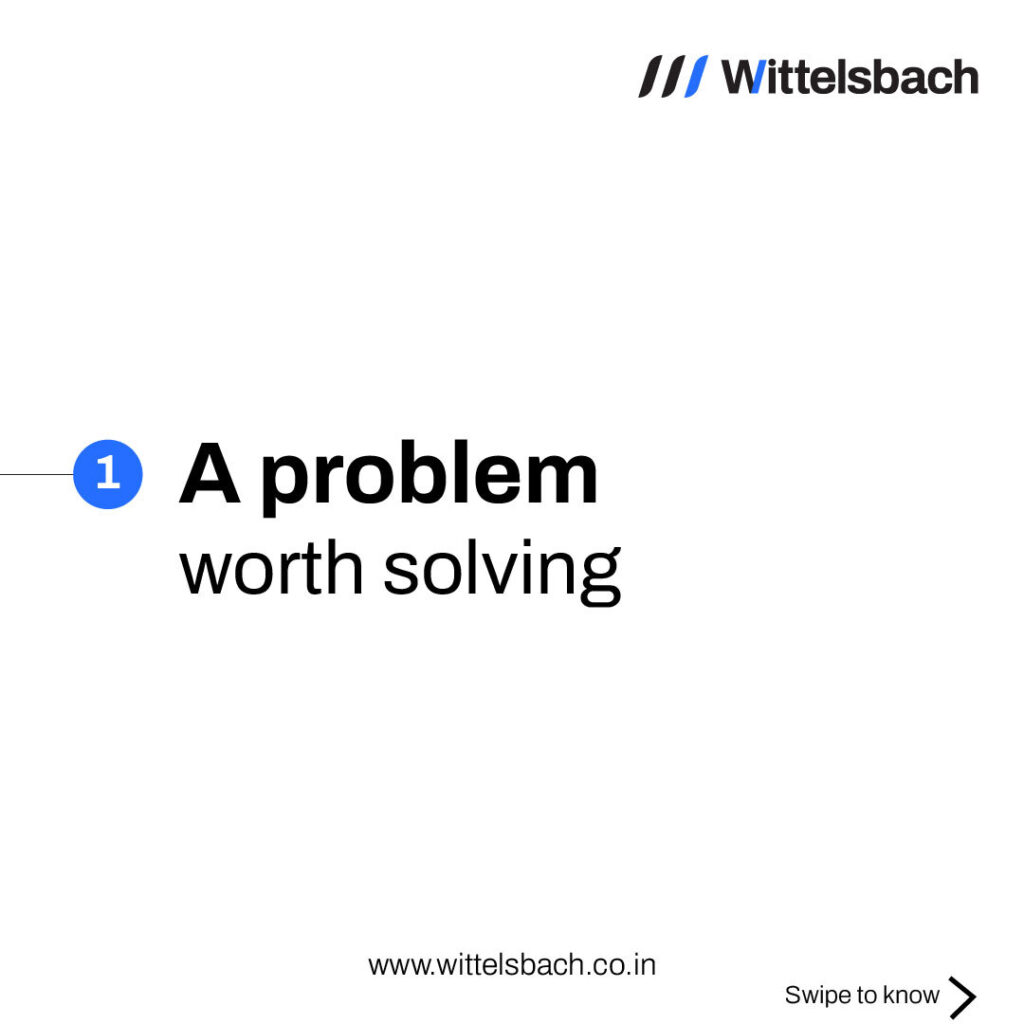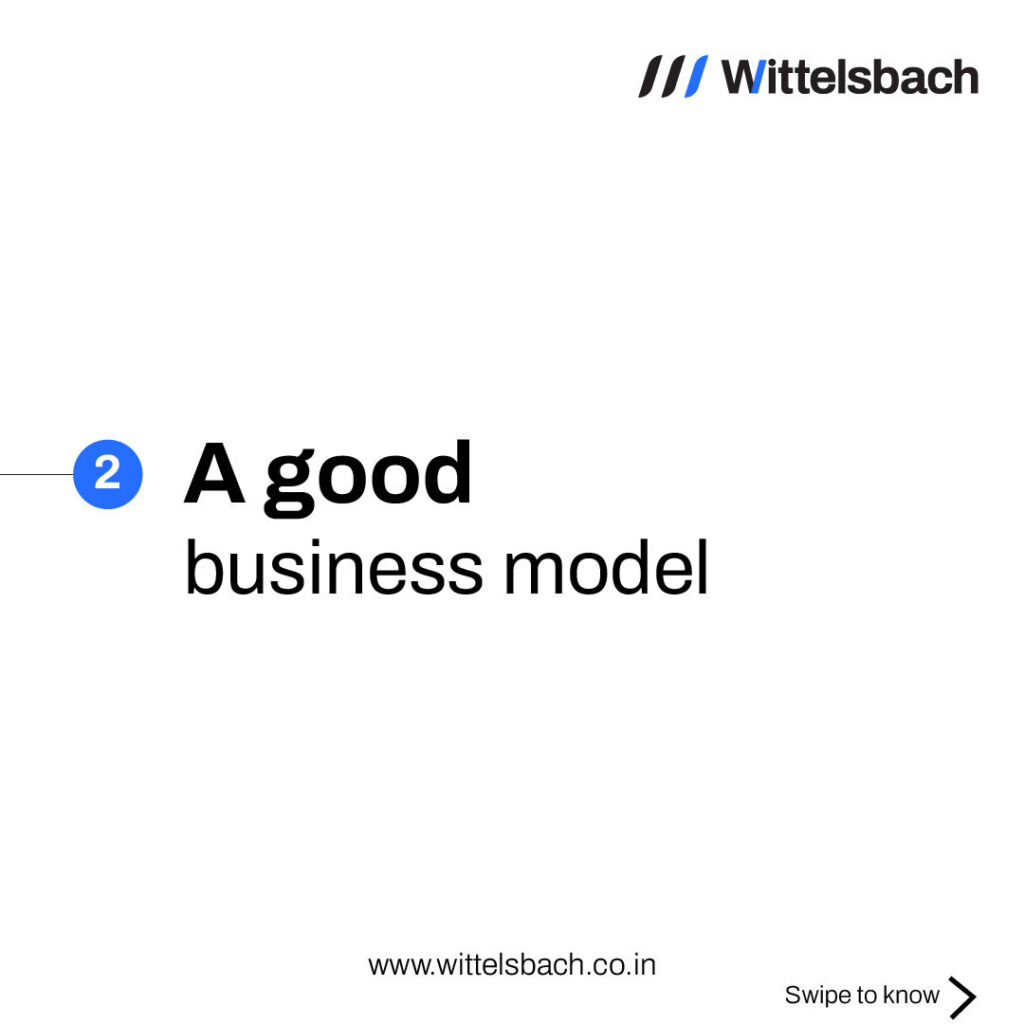
Branding is one of the most critical aspects of any business, yet it’s often misunderstood and misapplied. Before you jump into creating a brand, you need to ensure that you have these four essentials nailed down. Otherwise, you might end up wasting your resources and efforts.
1. A Problem Worth Solving
At the core of every successful business is a problem that needs solving. Your product or service must address a genuine pain point or need in the market. Conduct thorough research to identify and validate the problem. Engage with potential customers to understand their struggles and desires. If your solution isn’t compelling or doesn’t offer significant value, no amount of branding can save it.
Example: Consider the rise of ride-sharing services. Companies like Uber and Lyft identified a significant problem—inefficient and unreliable taxi services. By offering a more convenient and user-friendly solution, they captured a vast audience and built strong brands.

2. An Interested Audience
Having a solution is just the first step; you need to ensure there’s an audience eager to embrace it. Define your target market and understand their demographics, behaviors, and preferences. Use data-driven insights to segment your audience and tailor your messaging accordingly. An engaged and interested audience is essential for brand loyalty and advocacy.
Example: When launching a new fitness app, target health-conscious individuals who are tech-savvy and regularly use mobile applications for their fitness routines. Knowing your audience allows you to create content and branding strategies that resonate deeply with them.

3. A Good Business Model
A solid business model underpins a successful brand. This includes how you plan to generate revenue, manage costs, and sustain growth. Your business model should be scalable and adaptable to market changes. Ensure you have a clear value proposition, revenue streams, and a strategy for customer retention and acquisition.
Example: Subscription-based models, like those used by Netflix and Spotify, have proven successful because they offer continuous value and a predictable revenue stream. Your business model should align with your brand promise and customer expectations.

4. Readiness to Play the Long Game
Branding is not a quick fix; it’s a long-term commitment. Building a strong brand requires consistency, persistence, and patience. Be prepared to invest time and resources into maintaining your brand’s integrity and relevance. This involves regular engagement with your audience, continuous improvement of your offerings, and staying true to your brand values.
Example: Apple has spent decades cultivating its brand, focusing on innovation, quality, and a seamless user experience. This long-term commitment has resulted in a fiercely loyal customer base and a brand synonymous with excellence.




Conclusion
If you dive into branding without these essentials, you risk squandering your resources and missing the mark. Branding amplifies what’s already there—it can’t fix a broken business model or create demand where none exists. Ensure you have a solid foundation before investing in branding. Remember, a great brand can elevate a good business to new heights, but it can’t save a failing one. Understanding these principles and being ready to implement them will help you avoid common pitfalls and build a brand that truly resonates and endures. So, before you brand, make sure you’re absolutely ready.

